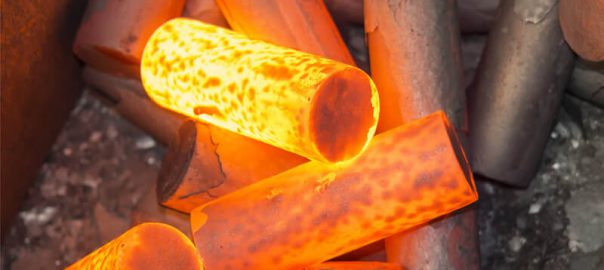Hot Forged Shafts Guide: The Making Of The Hot Forged Shafts
Metal shafts are some of the most complicated products to form. They come with a range of features, but the size is usually the biggest fact. There are shafts, such as the turbine shafts, which are pretty big and hence require a unique hot forging technique.
However, the hot forging process of shaft is quite simple if done properly. By following the right steps, you can make high-quality shafts. Here is a guide on how to hot forge shafts:
Material To Use
The very fast step in the hot forging process of shaft is getting the correct material. In most cases, steel is the most widely used material for the construction of shafts. There are all kinds of steel alloying materials used, including nickel, nickel-chromium, or chromium-vanadium steel. The reason why these steel alloys are used and not the original steel is high hardness and strength. They also offer better resistance to wear and corrosion.
Forging Temperature
With the material to be forged, you need to know how much you need to heat. This is important because steel alloys vary in hardness depending on the material added. Therefore, you need to understand the forging temperature (also known as crystallization temperature) for the steel alloy you have selected. So, put the metal blank in the fire until this temperature has been reached.
Compression Force
While the shaft blank is being heated, you need to set the hydraulic press machine. These are the machines that produce the compression force needed to deform the heated blanks. This is a very crucial factor because every steel alloy has its hardness and strength properties. You must ensure that you have gotten the write tons to press the workpiece to maintain the quality of the shaft.
Fit Dies and forge
The other thing you need to get right before starting forging is checking the dies. Make sure that you have the right dies for the kind of shaft you want to forge. Then place the heated shaft blank on the bottom die and start pressing it with compression force with the die attached to the punch. With time, the banks will start taking the shape of the shaft.
Heat Treatment
The last of the hot forging process of shaft is the heat treatment. With the punching of the metal, the grains might have been destabilized and needs to be restored. That’s why heat treatment is needed. The metal is cooled or heated again to restore fine grain. This helps to improve the shaft strength, hardness, and resistance to wear.
